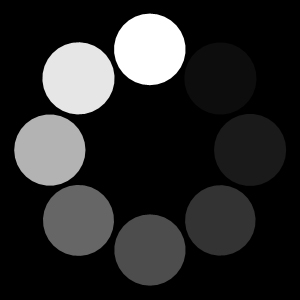This is the second of two parts that are looking at Dialysis. In the first part, we really dissected dialysis. We also took a close look at the organ that fails leading to dialysis, namely the kidney. In this part we will look at the two main types of Dialysis and even some symptoms and reasons to start Dialysis.
Two main types of Dialysis
1.) Hemodialysis
2.) Peritoneal Dialysis
Hemodialysis
– This is a process that removes water and waste by essentially pulling out your blood and running it through a filter.
– The filter is within a machine and it is very thin.
– A second fluid called a Dialysate is used to help the process.
– The Dialysate combines with the filtered fluid to allow a complete filtering event.
– The fluid on the other side, after it is filtered or Dialysized then is returned to the body
– Urea and Creatinine is removed from the body.
– Several liters of fluid takes typically 3-5 hours to complete.
– Typically it is done 3 times per week.
– But recent studies show that a certain percentage of patients are receiving more than three treatments per week.
Peritoneal Dialysis
– This is a process that removes water and waste by essentially using the body to remove the waste.
– It is less often used
– They use the peritoneal membrane of the peritoneum to filter the fluid.
– The peritoneal membrane or the perineal membrane covers a certain area of the body.
– A sterile solution with glucose is placed in the abdominal cavity/
– It is left in that area for a certain amount of time.
– While there it absorbs the waste products
– It is subsequently drained from the area and discarded.
– This cycle is repeated 4-5 times during the day.
Other less common types of Dialysis
– Hemofiltration
This is slightly similar to Hemodialysis. It does make use of a different principle or theory. In this case the Dialysate is not used. Pressure is important in this case, which pulls out the intended molecules.
– Hemodiafiltartion
This is the combination of Hemodialysis and Hemofiltration.
– Intestinal Dialysis
This is a diet supplement that increases the overall amount of nitrogen in the colon. The supplement is ingested by bacteria in the colon.
Symptoms or Reasons to Start Dialysis
1.) Acute Kidney Injury
2.) Symptomatic renal failure
3.) Very low glomerular filtration rate (GFR) – less than 10-15 mls/min
4.) If diabetic and low glomerular filtration rate – start sooner.
5.) Excess Uremia complications such as pericarditis, encephalopathy, or gastrointestenial bleeding associated with acute kidney injury.
6.) Difficulty controlling fluid overload
7.) Difficulty controlling serum potassium and/or serum phorphorus when GFR is low.
Dialysis is a serious thing and should be looked at when no other options are available. Dialysis is usually a long term commitment. Everyone who starts dialysis thinks that they will only be on it for short period of time. But they feel so much better after the dialysis has occurred and so horrible before it. Soon they understand the need for this simple yet complicated process. It took years to come up with the right formula to get dialysis right.


